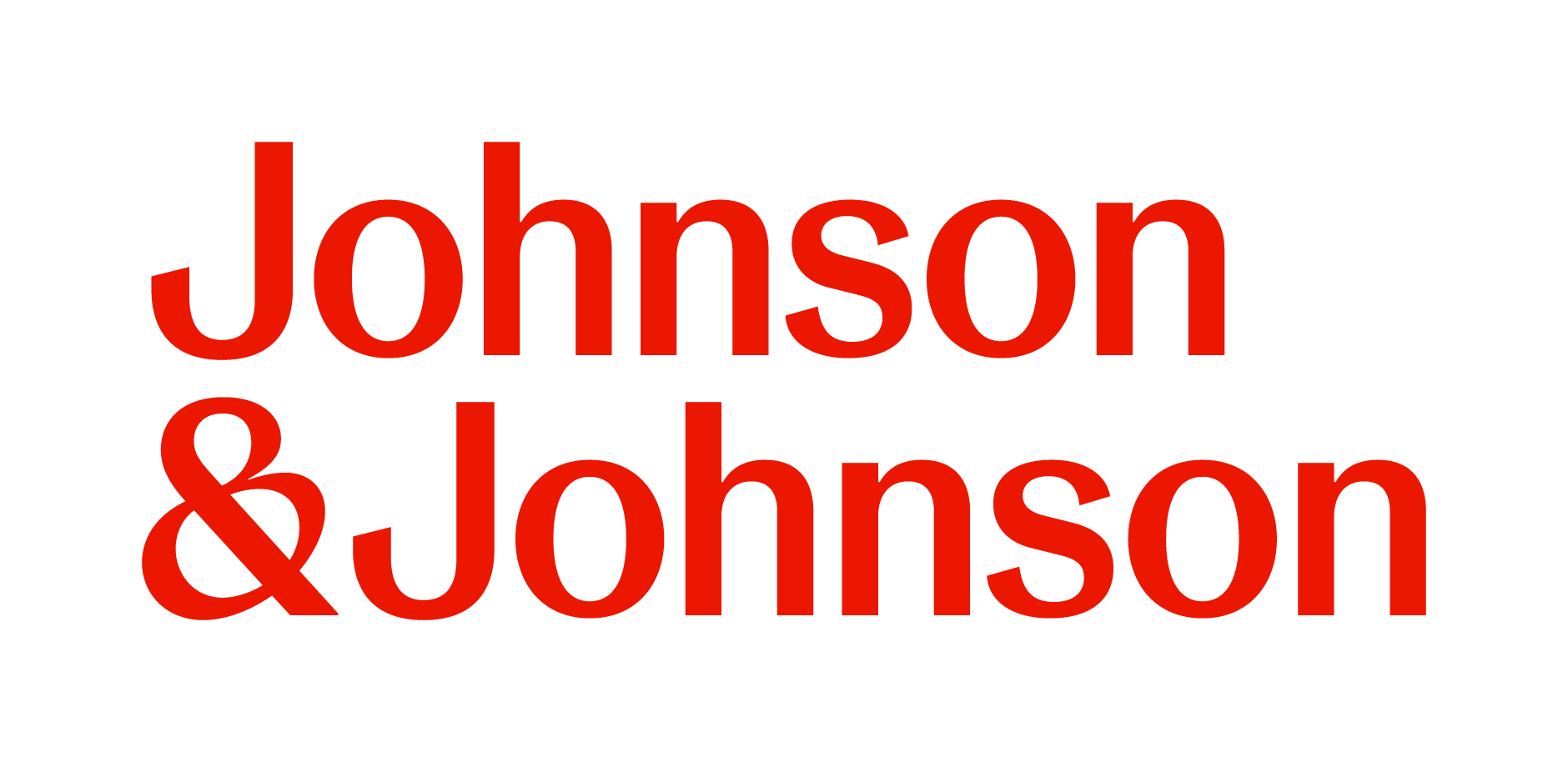No matter where you are connecting with people – at an event, a chance meeting, or during an informational interview; the conversation will ALWAYS come back to a simple question that revolves around, ‘what do you want to do or why did you decide to contact me’. That is the time when you need to deliver your message, story, or what many still refer to as the elevator pitch. It’s a natural way to talk a bit about your background. Your message is not something you memorize or something that is canned. You need to tailor it to your audience and it needs to be completely conversational in tone, introducing yourself in a professional manner, but as if you were having a conversation with a friend. The following are a couple of examples and specifics on how to develop an effective story.
- “Why did you decide to contact me?” “Well, first, I think Starbucks is an amazing company and I’ve followed the growth and more recently how the company had to make tough decisions during the recession and now it seems it has emerged stronger and leaner. Second, I had the chance to read a recent article about the work you’ve done in expanding the company internationally and how you’ve been instrumental in designing country specific promotional campaigns and I simply wanted to learn more about how you developed your career to land in such an ideal job. I have an international background, having spent a year abroad in China and had the opportunity to get some marketing experience during an internship at Costco so now I’m looking for my next steps and trying to learn as much as I can from experts in the field of international marketing.” Again, being natural is the key, but the only way to truly come across as natural is to practice and rehearse. Feeling confident about what you’re saying will make you more natural. The best speakers are good because they practice.
- Why was the above pitch effective?
- It is very tailored to the audience and company, showing substantial research has been conducted.
- The message linked the background and interests of the person with the work the individual is doing and provided enough specifics to allow for follow up questions. For example, a question about Taiwan or China would be a natural. The pitch is almost like a teaser. You want to set it up so it’s natural for the person to ask a follow up and if done well, you know the follow up and have an excellent response. You are now in control of the conversation and guiding it in a direction that most benefits you.
- You do not need to throw the kitchen sink into your initial story. It’s a conversation, not a speech.
Here’s one more example to consider. “Where do your interests lie?” “Well, my dream job would be to be a buyer, similar to you, for Nordstrom’s, but I realize that’s some ways off for me. I have worked in retail since I was sixteen and besides being a top sales performer, I think I developed a keen eye on fashion trends and what types of styles are attractive to the consumer. So at this point, I am looking for anything that will get me closer to my goal, whether that’s as a buyer’s assistant, something in the marketing department, or maybe working on displays – a step in the direction that will give me additional knowledge and pertinent experience. I would, of course, love to hear your suggestions on how that may be done or a path you think would be most advantageous for me.” In this example, the person was very specific, yet broad in explaining what she wanted. The individual will have a good sense on how to help should an opportunity arise, but the message allowed for additional suggestions and advice.
Think about what makes you unique, do your research on the event you’ll be attending or who you’re meeting with, and craft a story that combines the two and you’ll be well on your way to connecting in a compelling way.




